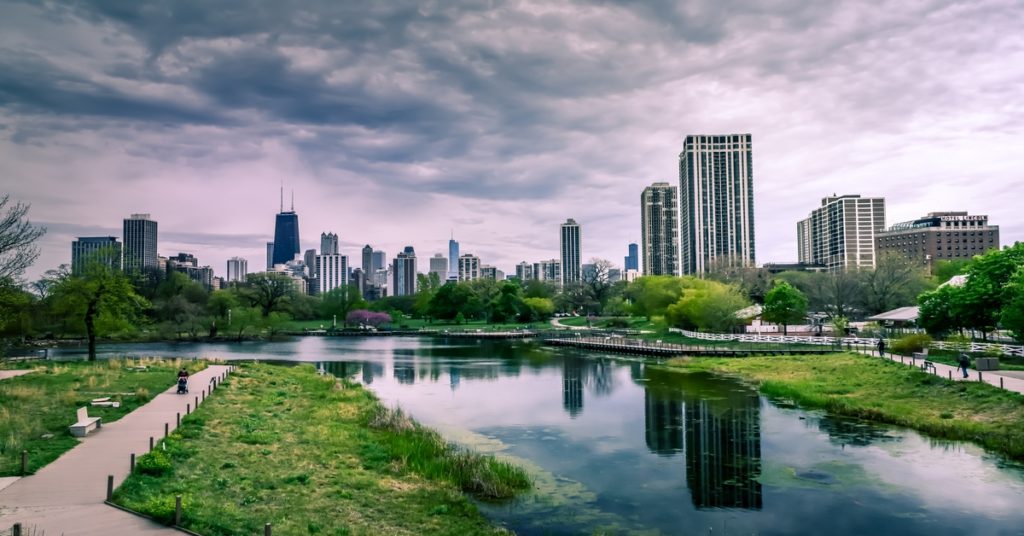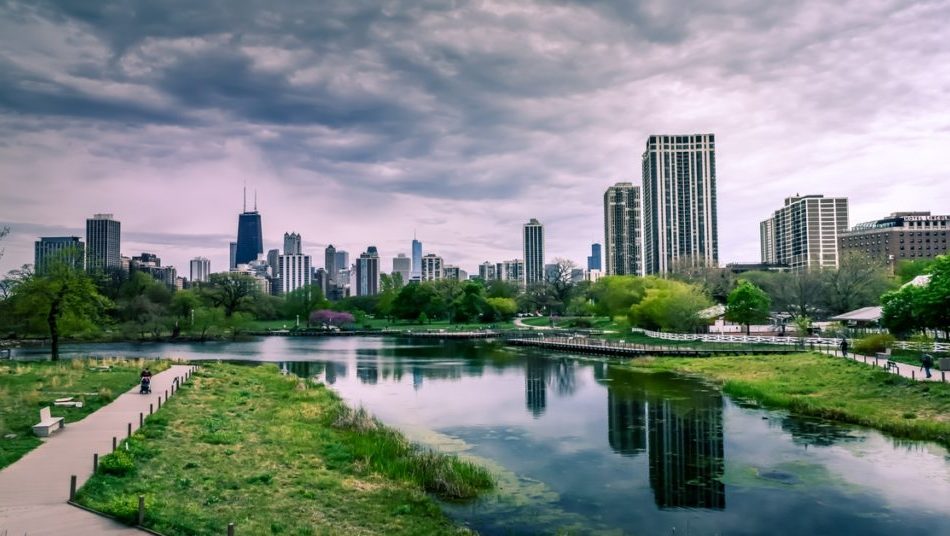Written by:
With several new Coronavirus vaccines scheduled to be rolled out over the coming months, a cautious optimism is beginning to spread after what has been a challenging year. Mass immunisation will take time to deliver – and presents its own logistical challenges – yet there now is hope that the virus can be managed, at least from a public health perspective.
The economic woes are far from over, however, and the economy will clearly need serious stimulus in the months to come to bounce back from the crisis. Just like the public health emergency, the economic crisis has a strong spatial component. Brick and mortar shops have suffered in particular, and there is concern that high streets and town centres will endure longer-term consequences through what economists call ‘scarring’.
It furthermore is clear that the epidemic has exacerbated and further entrenched existing inequalities. Those working in precarious industries are now more exposed than they were before the onset of the crisis, whereas the impact of the epidemic has been less pronounced for others. A stimulus package must address these structural and geographical issues as well as kickstart the economy.

The new ‘New Deal’ and the ‘Green Industrial Revolution’
Earlier this year, The Government announced a construction-led recovery. The so-called ‘New Deal for Britain’ would provide much needed economic stimulus, delivering homes, jobs, and infrastructure in the process. This strategy has since been supplemented by plans for what the Prime Minister calls a ‘Green Industrial Revolution’ – including investment in wind power, hydrogen production, and insulation of homes and public buildings.
These initiatives are reasonably considered and forward-looking, even if some have argued that investment levels should be increased to reflect the scale of the challenges faced. However, if the pandemic has taught us anything it is that places have an important role to play not just in regards to the economy, but as far as the long-term health and well-being of local communities is concerned. In addition to homes and transport infrastructure, it also is critical to invest in social infrastructure such as libraries, community halls and leisure centres to support communities and enable them to flourish.
It therefore is encouraging that Government has now announced a £4.8bn ‘Levelling up’ fund to improve ‘the infrastructure of everyday life’. Combined with the aforementioned initiatives – as well as a new national infrastructure bank – the fund creates the preconditions for a place-led recovery which can look at jobs, skills and housing, but also at ways to support local communities by providing them with the transport and social infrastructure needed to thrive.

Notes on a place-based recovery
Those looking to deliver a place-based recovery must start by acknowledging the unique challenges and opportunities faced by local places. This extends to places’ socio-cultural make-up – existing jobs and skills in particular – but also to the quality and character of their built environment. Such a granular approach to economic recovery clearly has many advantages and can aid strategic thinking. Indeed, it is often by mapping a place’s existing assets – tangible as well as intangible – that a ‘bridge’ to the community’s future can be envisioned and implemented.
The place vision should be developed with local residents, however too rarely is this the case. When it comes to conversations regarding the future of places, communities have been disenfranchised for too long. As we look to build back better, we must embrace more inclusive ways of planning and delivering places. That starts at the brief-setting stage and should be grounded in genuine forms of engagement. It also is critical that all segments of the community are engaged; we need to disabuse ourselves of the false idea that certain communities are ‘hard to reach’.
At the same time, insight from consultations must be married with technical expertise and knowhow about delivery. Clear guidance should be provided during engagement processes on more technical matters such as project delivery and sustainability measures. Without such guidance, there is a risk of building places that are unsuited for the future. Expert practitioners – architects, planners, and chartered surveyors, to name but a few – still have an important role to play.
Beyond the extractive model
The epidemic has led to a shortening and relative simplification of supply chains. Together with the UK’s impending departure from the European Union, this offers an opportunity to rethink production and construction. Moving forward, we must ensure our towns and cities are planned around less extractive economic models. A people-centred approach to local economic development – sometimes referred to as ‘community wealth-building’ – is one way of achieving that. It also is important to find ways to support local, independent businesses who – unlike major chains – keep money circulating in the local economy.
The emphasis on local production and independent traders must be married with a strengthened concern for the local environment as well as an awareness of the planetary boundaries of production and consumption. New ways of measuring economic activity must be developed to suit the times, with a focus on individual and community well-being replacing the one-dimensional focus on GDP. Kate Raworth’s ‘Doughnut Economics’ model – now being trialled at city-level in Amsterdam – is one useful way of bringing concerns for ecological and social sustainability into the discussion of place.
Looking ahead
The epidemic has had a profound impact on our communities, presenting them with serious challenges. Yet at the same time, new ideas have been developed that are now gaining traction, such as for example the notion of a 15-minute city. As we come out of the crisis, it is critical that we use this moment as an inflexion point towards creating healthier, greener more equitable future places. We must not waste this opportunity to develop bold new visions for our towns and cities.
About the author
Frederik Weissenborn manages the Future Place programme at the Royal Institute of British Architects. The programme is delivered in Partnership with Local Partnerships, Local Government Association, Historic England, Homes England and the RTPI.
If you liked this piece, read Sophia de Sousa’s piece, “Enabling collaborative placemaking: a post-Covid imperative” on the RIBA Future Place blog.

